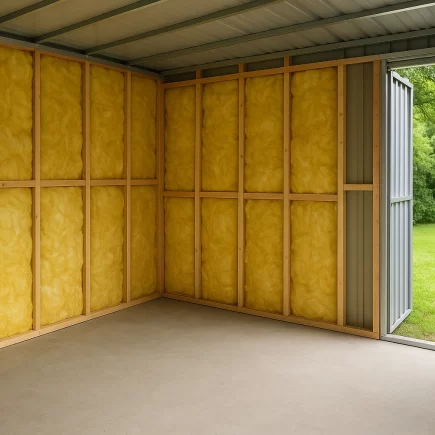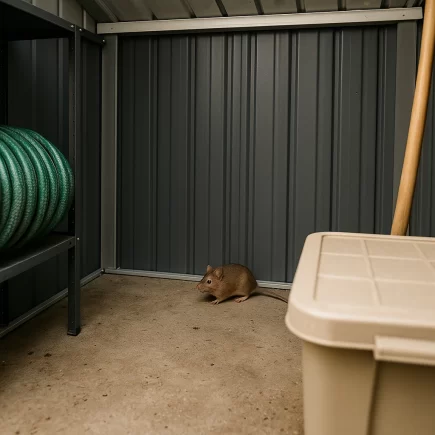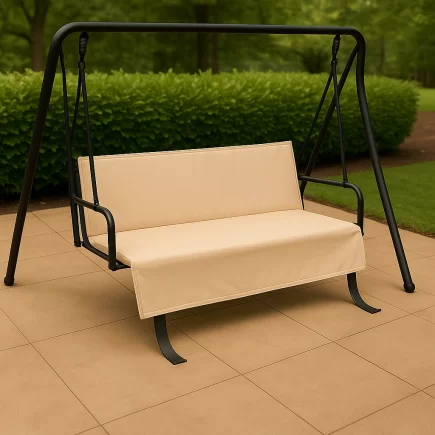Backyard fire pits are one of the most popular ways to create a cozy atmosphere, whether you’re gathering with friends, enjoying a meal, or simply relaxing outdoors. However, many people overlook the importance of safely putting out their fire pits after use. If not properly extinguished, fire pits can pose a significant risk of starting fires long after the flames are gone.

This guide will walk you through the safest, most effective methods for extinguishing your fire pit, ensuring the safety of your loved ones, your property, and your fire pit.
Preparation Before Extinguishing
Before you even think about extinguishing your fire pit, preparation is key. Taking a few simple steps can ensure the fire is safely put out and that your fire pit remains intact for future use.

Tools You’ll Need
- Shovel or Poker: You’ll need a tool to move the coals and spread them out. A metal shovel works best to handle hot embers.
- Water Source: A garden hose with a spray nozzle or a large bucket of water is necessary for extinguishing flames effectively.
- Sand or Dirt: If you prefer not to use water, dry sand or dirt is a great alternative. This method is especially good for metal fire pits.
- Snuffer: If your fire pit comes with one, a snuffer helps to cut off the oxygen supply, putting out the flames.
How to Plan Ahead for Safe Extinguishing
1. Stop Adding Fuel Early
Cease adding wood or fuel to your fire about 30 to 60 minutes before you plan on extinguishing it. This gives the fire time to die down naturally, making it easier to manage.
2. Spreading Coals for Faster Cooling
Use a poker or shovel to spread the remaining logs and coals. This increases the surface area and helps the fire cool faster.
Method 1: Water-Based Extinguishing
Water is a commonly used method for extinguishing fire pits, but it needs to be done correctly to avoid injury and damage. When applying water, it’s crucial to control the flow and timing to ensure you do it safely.

Step-by-Step Process for Safe Application of Water
Step 1: Use a Spray Nozzle
Attach a nozzle to your garden hose and set it to a gentle spray setting, not a direct stream. Stand at a safe distance (about 3-4 feet) to avoid being injured by steam.
Step 2: Spray the Flames
Start by spraying the flames. Don’t pour water directly onto the fire; instead, gently spray it over the burning wood and embers.
Step 3: Stir the Coals
Once the flames are out, use a shovel or poker to stir the coals. This helps ensure that all embers are properly soaked and reduces the chance of a flare-up.
Step 4: Check for Sizzling
Continue to apply water until you no longer hear the sizzling sound. Stir the contents to make sure everything has cooled down.
Tips for Safe Water Use
- Don’t Use Water Too Quickly
Pouring too much water too fast can cause a rush of steam, which can be dangerous. Always use a controlled amount of water.
- Avoid Pouring Water on Hot Metal
If your fire pit is made of metal, avoid pouring water on it too quickly. Sudden temperature changes can cause the metal to crack or warp.
Method 2: Using Sand or Dirt
If you’re concerned about damaging your fire pit with water, sand or dirt is a great alternative. This method works well for metal fire pits because it prevents the risks of water-induced damage.

Why Using Sand or Dirt Can Be Beneficial
- No Water Damage: Sand or dirt won’t cause any damage to the metal, unlike water, which can cause rusting over time.
- Eco-Friendly: It’s an environmentally friendly method that doesn’t require any chemicals or water.
Step-by-Step Process for Using Sand or Dirt
Step 1: Cover the Coals
Once the fire has burned down to mostly embers, use a shovel to cover the remaining coals with a thick layer of sand or dirt.
Step 2: Stir the Mixture
Stir the sand or dirt into the embers, making sure all coals are fully smothered. This cuts off the oxygen supply, which is necessary for the fire to continue.
Step 3: Leave for a Few Minutes
Allow the sand or dirt to sit for a few minutes to make sure all embers are completely extinguished.
Step 4: Ensure Complete Cooling
Double-check to make sure the fire is entirely out. If the area feels hot to the touch, add more sand or dirt and stir again.
Method 3: Using a Snuffer
A snuffer is a metal cover that fits over the fire pit to block the flow of oxygen and extinguish the flames. It’s an excellent method for quickly putting out a fire, especially if you don’t want to use water or sand.

Snuffer Usage for Oxygen Deprivation
A snuffer works by cutting off the oxygen supply to the fire, causing it to suffocate and go out. This method is simple and effective, especially for contained fire pits.
Step-by-Step Process for Using a Snuffer
Step 1: Place the Snuffer Over the Fire Pit
Gently place the snuffer on top of your fire pit. Make sure it covers the entire opening.
Step 2: Wait 15-30 Minutes
Leave the snuffer in place for 15 to 30 minutes. The fire should be fully extinguished by then.
Gently place the snuffer on top of your fire pit. Make sure it covers the entire opening.
Step 3: Check for Remaining Flames
Once the snuffer is removed, check to make sure there are no remaining flames or glowing embers.
A snuffer works best for wood-burning fire pits that have an enclosed burning area, such as fire bowls or fire pits with lids. It won’t work well for fire pits with large openings or cut-out designs that still allow air to flow in.
How to Safely Use a Fire Extinguisher
A fire extinguisher should always be your last resort. It’s essential to have one nearby in case the fire becomes uncontrollable. Using a fire extinguisher correctly is crucial to ensure safety.

Step-by-Step Guide to Using a Fire Extinguisher
Step 1: Pull the Pin
Remove the safety pin from the fire extinguisher to break the seal.
Step 2: Aim at the Base of the Fire
Always aim the nozzle at the base of the flames, where the fuel is located.
Step 3: Squeeze the Handle
Squeeze the handle to release the extinguisher’s contents.
Step 4: Sweep the Nozzle
Sweep the nozzle side to side, ensuring the entire fire is covered. Continue until the fire is completely out.
Pro Tip
- Type of Extinguisher: Use a Class A fire extinguisher for wood fires in fire pits.
- Proper Use: The P.A.S.S. method (Pull, Aim, Squeeze, Sweep) ensures you use the fire extinguisher properly.
Avoiding Common Mistakes in Fire Pit Extinguishing
Putting out a fire pit isn’t as simple as just dousing it with water. Several common mistakes can put you and your property at risk.
- Rushing the Extinguishing Process
Pouring too much water too quickly can cause steam and may damage your fire pit. Take your time and apply water or sand slowly.
- Leaving Embers to Burn Out on Their Own
Even if the fire appears to be out, embers can remain hot for hours. Always check for hot spots and thoroughly extinguish them.
Safety Checks to Perform After Extinguishing
Before you walk away from your fire pit, always check for any lingering hot spots or embers.
- Inspect the Surrounding Area
Walk around the fire pit to make sure no embers have escaped. This is particularly important if your fire pit is located near dry grass or structures.
- Confirm Complete Extinguishing
Ensure the fire pit is cool to the touch. If it feels warm, continue to stir the ashes and add sand or water as needed.
FAQS
1. How do I know when my fire pit is completely out?
Ensure the fire pit is cool to the touch and check for any remaining embers or hot spots. Stir the ashes, and if necessary, apply more water or sand to fully extinguish it.
2. Can I put out a fire pit with a fire blanket?
A fire blanket is effective for smaller fires but may not be suitable for a large outdoor fire pit. It can help with smothering the flames, but it may not be sufficient for fully extinguishing the embers.
3. Is it safe to pour water on a metal fire pit?
Pouring water on a hot metal fire pit can cause it to warp or crack due to thermal shock. It’s best to use water slowly or opt for sand or dirt to avoid damage.





















